
AlphaLISA AAV9 Detection Kit, 5,000 Assay Points
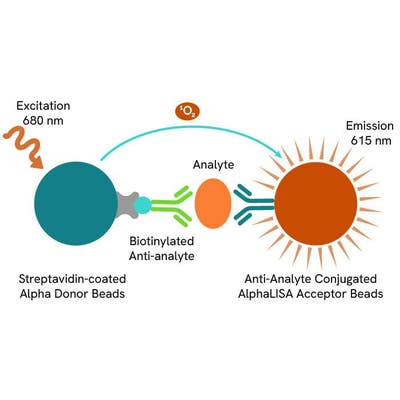

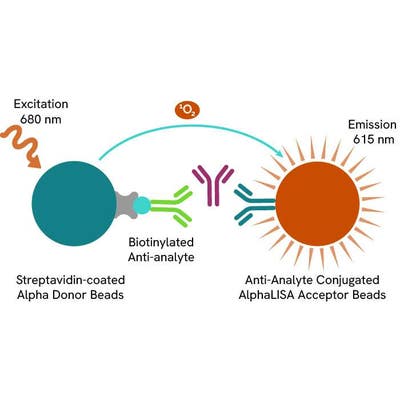 View All
View All
AlphaLISA AAV9 Detection Kit, 5,000 Assay Points
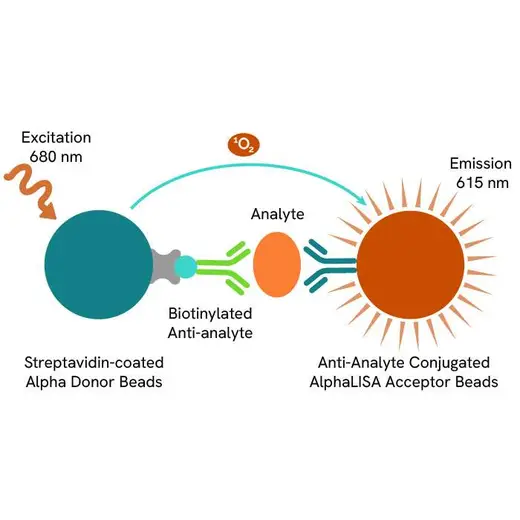

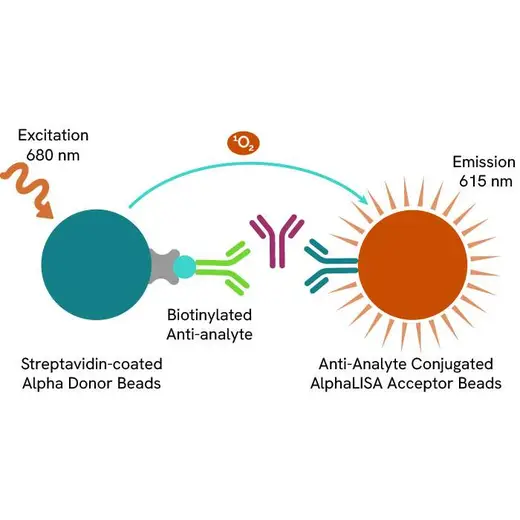




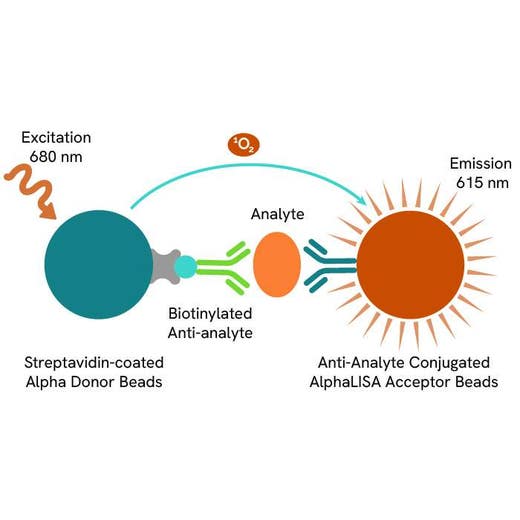

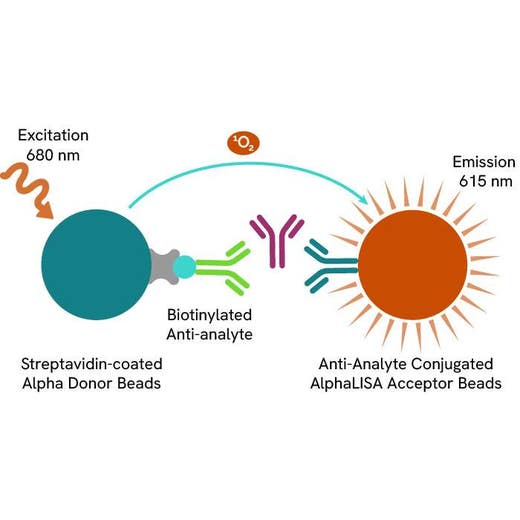




The AlphaLISA™ immunoassay kit for AAV9 enables the quantitative determination of AAV9 capsids in buffer, cell culture media, cell lysates and cell supernatants using a homogeneous AlphaLISA assay (no wash steps).
| Feature | Specification |
|---|---|
| Application | Bioprocessing |
| Dynamic Range | 2.7E+06 - 1.0E+11 VP/mL |
| Limit of Detection | 2.7E+06 VP/mL |
| Limit of Quantification | 9.7E+06 VP/mL |
| Sample Volume | 10 µL |
The AlphaLISA™ immunoassay kit for AAV9 enables the quantitative determination of AAV9 capsids in buffer, cell culture media, cell lysates and cell supernatants using a homogeneous AlphaLISA assay (no wash steps).







AlphaLISA AAV9 Detection Kit, 5,000 Assay Points







AlphaLISA AAV9 Detection Kit, 5,000 Assay Points







Product information
Overview
Adeno-associated virus (AA) vectors are the leading platform for gene delivery for the treatment of a variety of human diseases. AAV Serotype 9 used as a vector in gene therapy has been particularly developed for the treatment of neurological diseases mainly because of its ability to cross the blood-brain barrier to target the central nervous system (astrocytes and neurons). It also exhibits a tropism for other tissues such as liver, muscle, or lung. The AAV9 kit is designed to detect and quantify AAV9 particles.
Formats
- Our 100 assay point kit allows you to run 100 wells in 96-well format, using a 50 µL reaction volume (10 µL of sample).
- Our 500 assay point kit allows you to run 500 wells in 96-well or 384-well format, using a 50 µL reaction volume (10 µL of sample).
- Our 5,000 assay point kit allows you to run 5,000 wells in 96-well or 384-well format, using a 50 µL reaction volume (10 µL of sample).
Features
- No-wash steps, no separation steps
- ELISA alternative technology
- Sensitive detection
- Broad sample compatibility
- Small sample volume
- Results in less than 3 hours
- Half the time of an ELISA assay
AlphaLISA technology allows the detection of molecules of interest in a no-wash, highly sensitive, quantitative assay. In an AlphaLISA assay, a biotinylated anti-analyte antibody binds to the Streptavidin-coated Donor beads while another anti-analyte antibody is captured by AlphaLISA Acceptor beads. In the presence of the analyte, the beads come into close proximity. The excitation of the Donor beads causes the release of singlet oxygen molecules that triggers a cascade of energy transfer in the Acceptor beads, resulting in a sharp peak of light emission at 615 nm.
Specifications
| Application |
Bioprocessing
|
|---|---|
| Automation Compatible |
Yes
|
| Brand |
AlphaLISA
|
| Detection Modality |
Alpha
|
| Dynamic Range |
2.7E+06 - 1.0E+11 VP/mL
|
| Limit of Detection |
2.7E+06 VP/mL
|
| Limit of Quantification |
9.7E+06 VP/mL
|
| Product Group |
Kit
|
| Sample Volume |
10 µL
|
| Shipping Conditions |
Shipped in Blue Ice
|
| Target |
AAV9
|
| Target Class |
Viral Particles
|
| Technology |
Alpha
|
| Unit Size |
5,000 Assay Points
|
Image gallery






AlphaLISA AAV9 Detection Kit, 5,000 Assay Points






AlphaLISA AAV9 Detection Kit, 5,000 Assay Points






Video gallery

AlphaLISA AAV9 Detection Kit, 5,000 Assay Points

AlphaLISA AAV9 Detection Kit, 5,000 Assay Points

Resources
Are you looking for resources, click on the resource type to explore further.
Reliable, Quantitative, and No-Wash Assay Platform for AAV Capsid Detection
AAVs are widely used as viral vectors in human gene...
What Are the Challenges and Solutions?
All across the globe, AAVs are getting the attention of scientists and companies working in...
With the increased understanding of molecular and cellular medicine, more specific and efficient gene transfer vectors are now...
See how researchers boost their gene therapy studies with Revvity technologies
The absence or mutation of protein is a factor that...


How can we help you?
We are here to answer your questions.






























